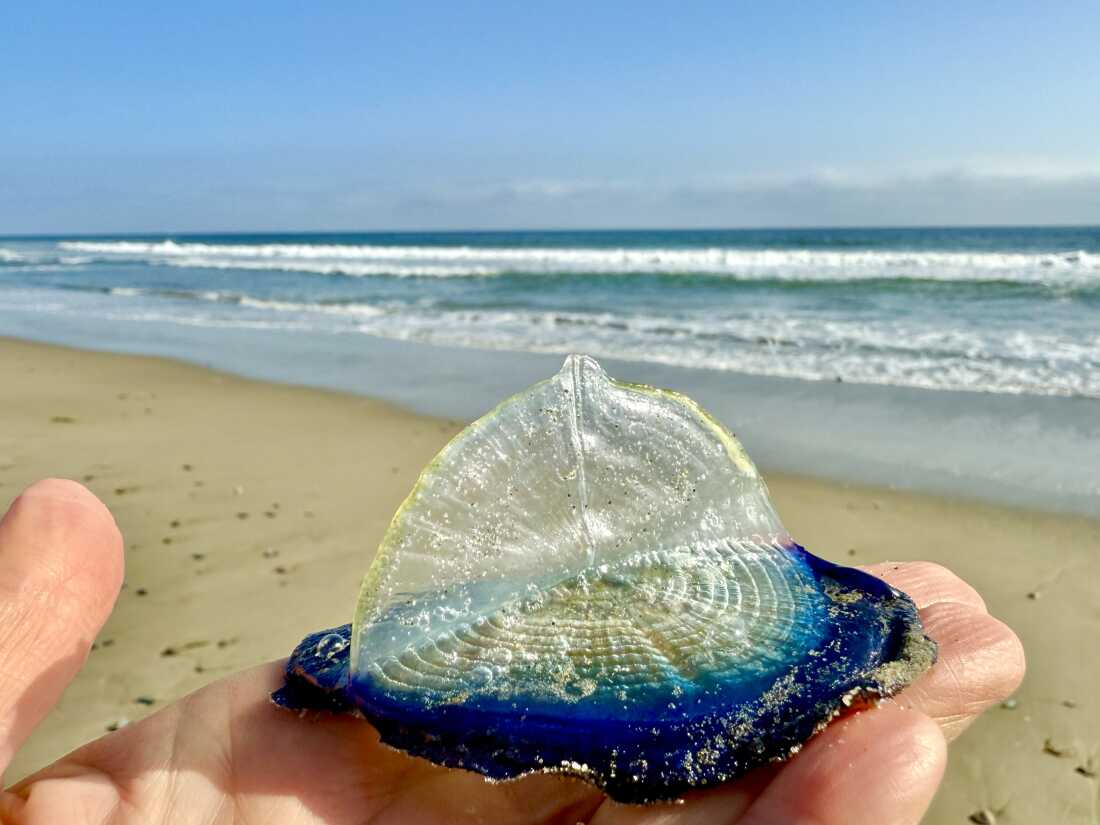Executive Summary
- NASA's Cold Atom Lab successfully demonstrated atom interferometry in space, opening doors for new quantum sensing capabilities.
- Experiments on the ISS have validated the use of ultra-cold atoms for measuring gravity, magnetic fields, and subtle vibrations.
- Space-based atom interferometry could revolutionize planetary exploration, cosmology research, and tests of Einstein's theory of general relativity.
Event Overview
NASA's Cold Atom Lab (CAL) aboard the International Space Station (ISS) has achieved groundbreaking success in performing atom interferometry experiments in space. This first-of-its-kind facility has demonstrated the feasibility of using ultra-cold atoms to precisely measure gravity, magnetic fields, and other forces. These achievements pave the way for future space missions that could leverage quantum technologies for enhanced understanding of the universe, exploration of planetary compositions, and advancements in fundamental physics research. The ability to conduct atom interferometry in the microgravity environment of space offers unprecedented performance and new possibilities for quantum sensors.
Media Coverage Comparison
| Source | Key Angle / Focus | Unique Details Mentioned | Tone |
|---|---|---|---|
| NASA Science | Successful demonstration of atom interferometry in space using the Cold Atom Lab. | Reports on the successful demonstration of simultaneous atom interferometry with rubidium and potassium. Details the measurement of the space station's vibrations and the longest freefall time for wave-like matter in space. | Informative and optimistic, highlighting the achievements and potential of the Cold Atom Lab. |
Key Details & Data Points
- What: The Cold Atom Lab (CAL) on the ISS has successfully conducted atom interferometry experiments, demonstrating the use of ultra-cold atoms for precise measurements in space.
- Who: NASA's Cold Atom Lab Science Team, Jason Williams (Cold Atom Lab project scientist at NASA's Jet Propulsion Laboratory), Cass Sackett (University of Virginia professor), Nick Bigelow (University of Rochester professor), Kamal Oudrhiri (Jet Propulsion Laboratory).
- When: Experiments conducted after the launch of Cold Atom Lab in 2018. Key publications in Nature (November 2023) and Nature Communications (August 2024).
- Where: International Space Station (ISS), Jet Propulsion Laboratory (JPL) in Southern California, University of Virginia, University of Rochester.
Key Statistics:
- Key statistic 1: Atoms cooled to almost absolute zero, or minus 459 degrees Fahrenheit (minus 273 degrees Celsius).
- Key statistic 2: Wave-like nature of matter persisting for the longest ever freefall time (over a tenth of a second) in space.
- Key statistic 3: Dark matter makes up about 27% of the universe.
Analysis & Context
The successful demonstration of atom interferometry in space represents a significant leap forward in quantum science and technology. The Cold Atom Lab's achievements validate the feasibility of using ultra-cold atoms for precise measurements of gravity, magnetic fields, and other forces in the space environment. This opens up exciting possibilities for future space missions aimed at exploring the composition of planets and moons, gaining insights into dark matter and dark energy, and testing fundamental physics theories, such as Einstein's theory of general relativity. The microgravity environment of space allows for colder temperatures and longer existence of Bose-Einstein condensates, enhancing the precision and sensitivity of these quantum sensors.
Notable Quotes
Reaching these milestones was incredibly challenging, and our success was not always a given. It took dedication and a sense of adventure by the team to make this happen.
Atom interferometry could also be used to test Einstein’s theory of general relativity in new ways. This is the basic theory explaining the large-scale structure of our universe, and we know that there are aspects of the theory that we don’t understand correctly. This technology may help us fill in those gaps and give us a more complete picture of the reality we inhabit.
I expect that space-based atom interferometry will lead to exciting new discoveries, fantastic quantum technologies impacting everyday life, and will transport us into a quantum future
Conclusion
The Cold Atom Lab's successful demonstration of atom interferometry in space marks a pivotal moment for quantum sensing and space science. These achievements pave the way for future missions utilizing advanced quantum technologies to explore the universe, understand fundamental physics, and potentially impact everyday life. Ongoing research and development in this field hold immense promise for new discoveries and a deeper understanding of the cosmos.
Disclaimer: This article was generated by an AI system that synthesizes information from multiple news sources. While efforts are made to ensure accuracy and objectivity, reporting nuances, potential biases, or errors from original sources may be reflected. The information presented here is for informational purposes and should be verified with primary sources, especially for critical decisions.









